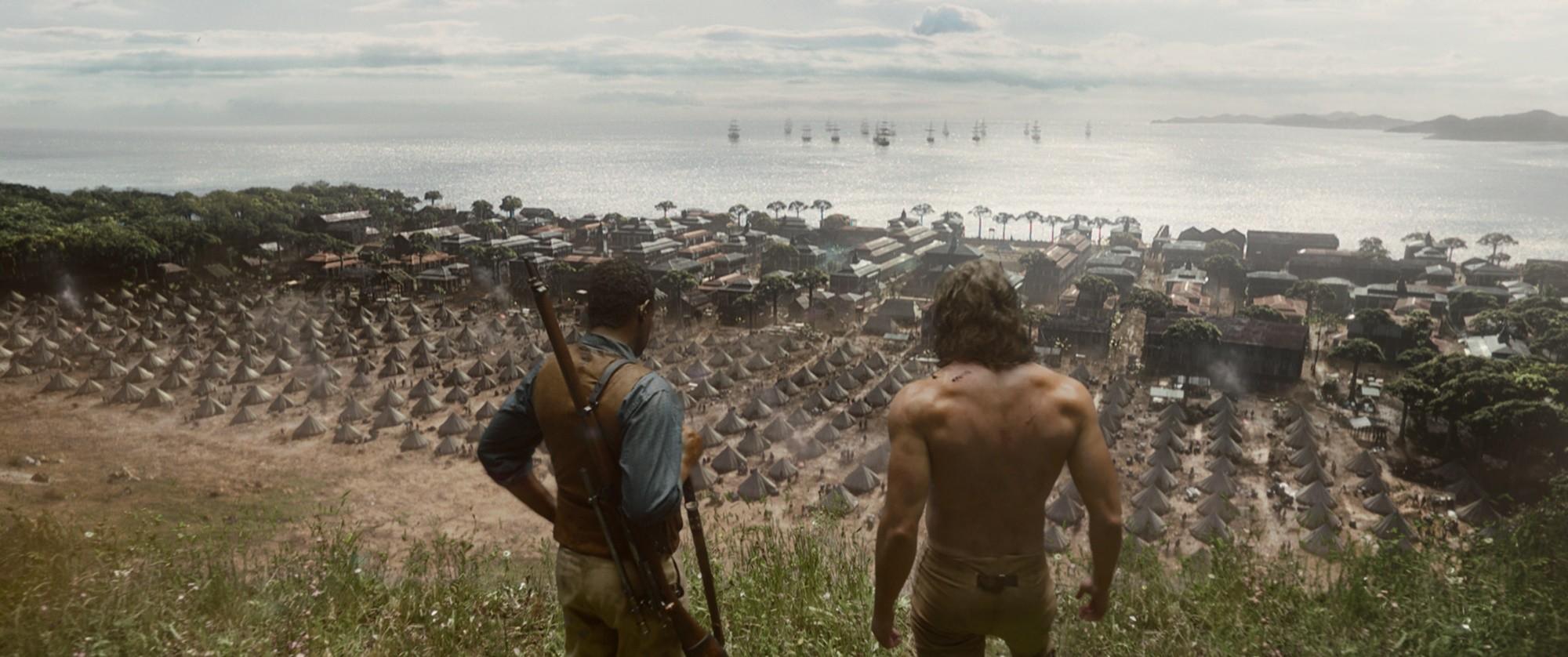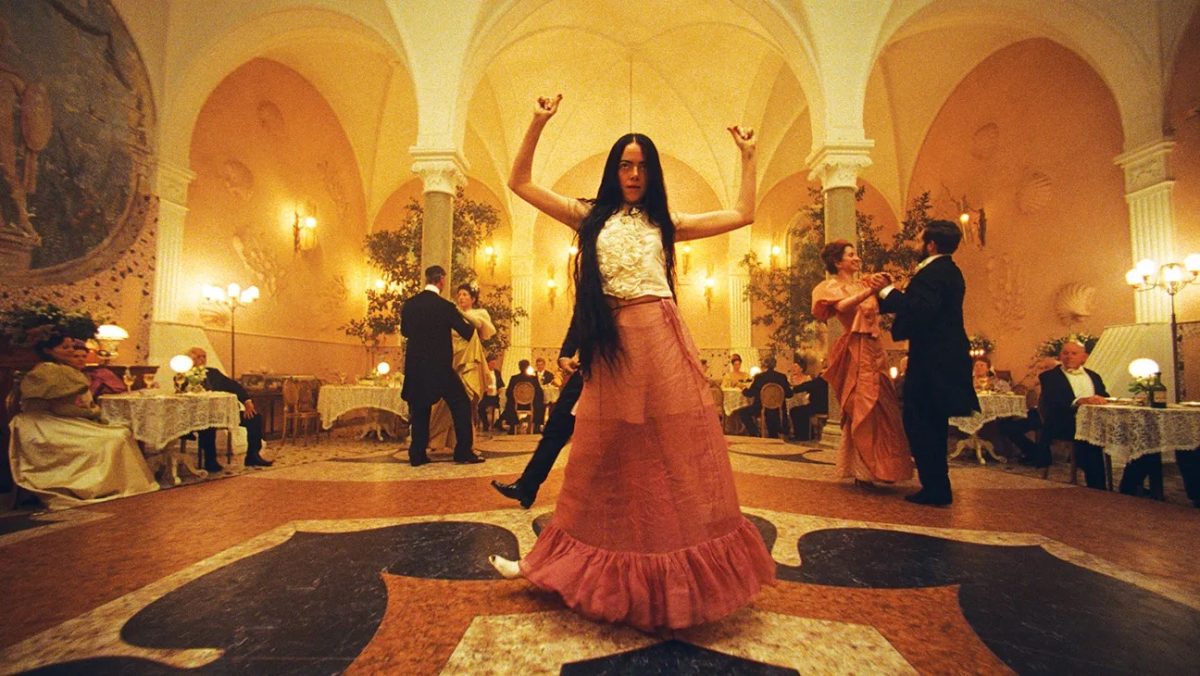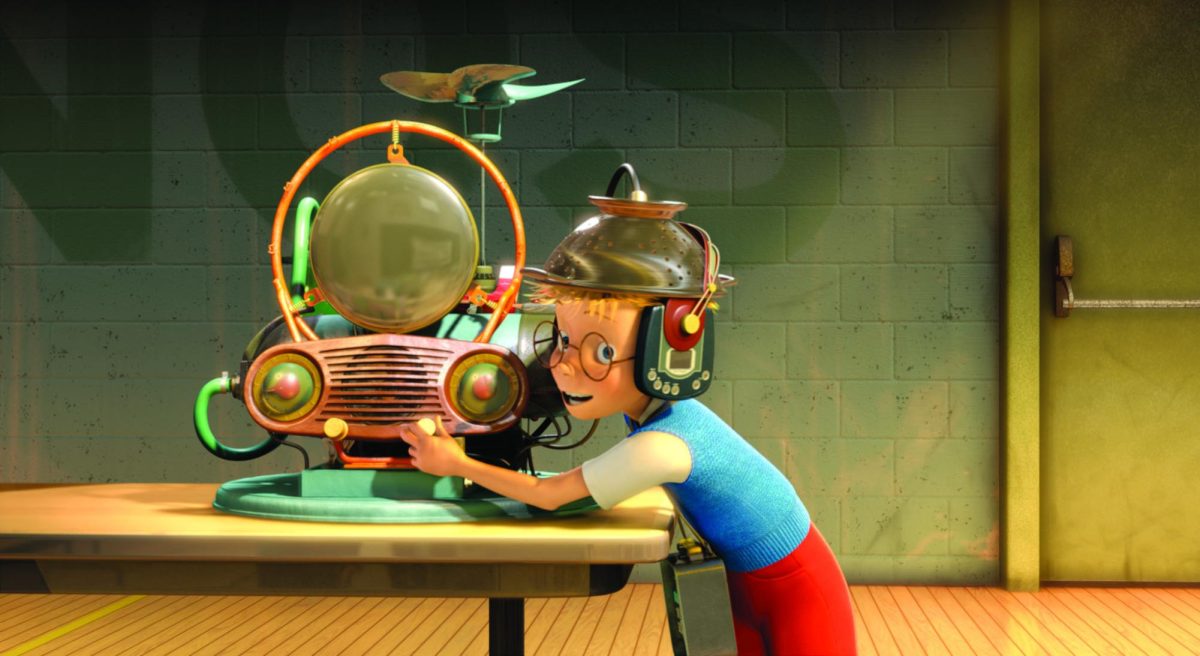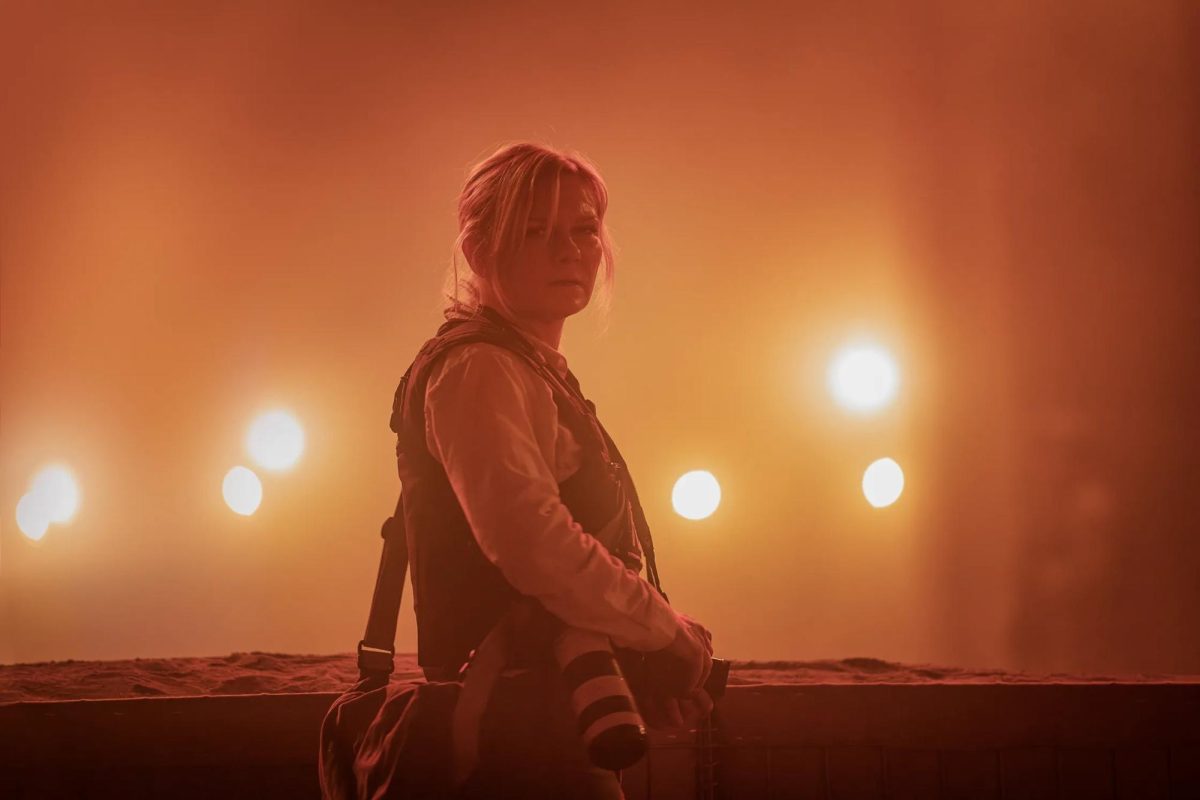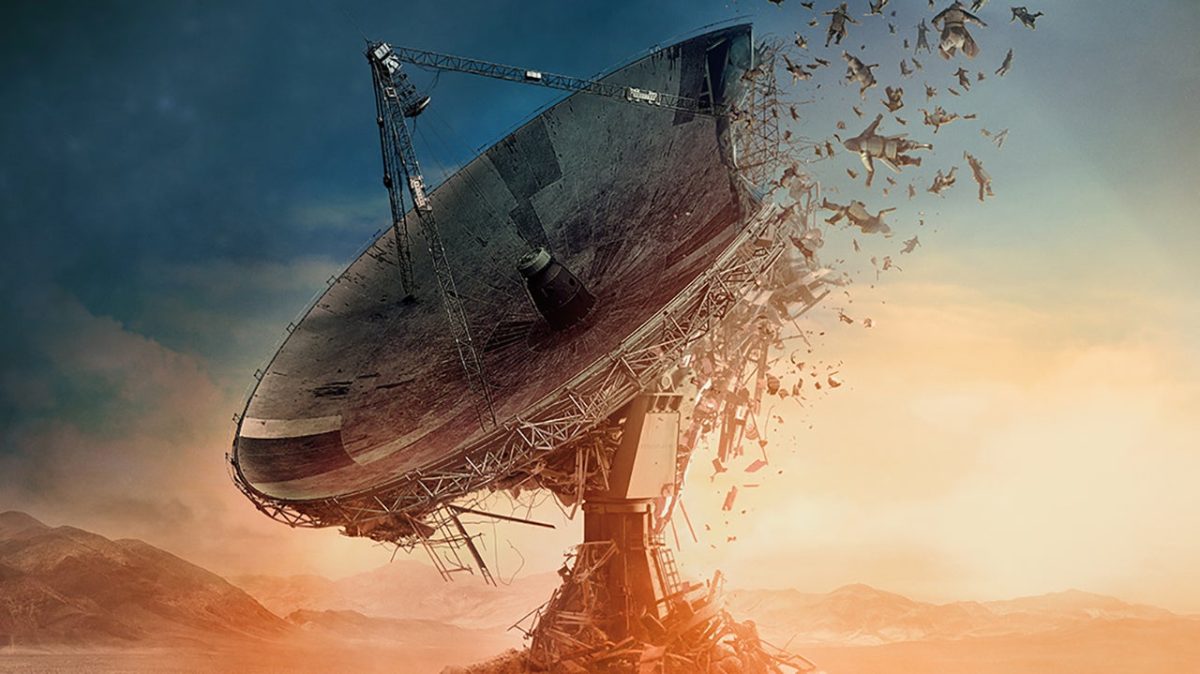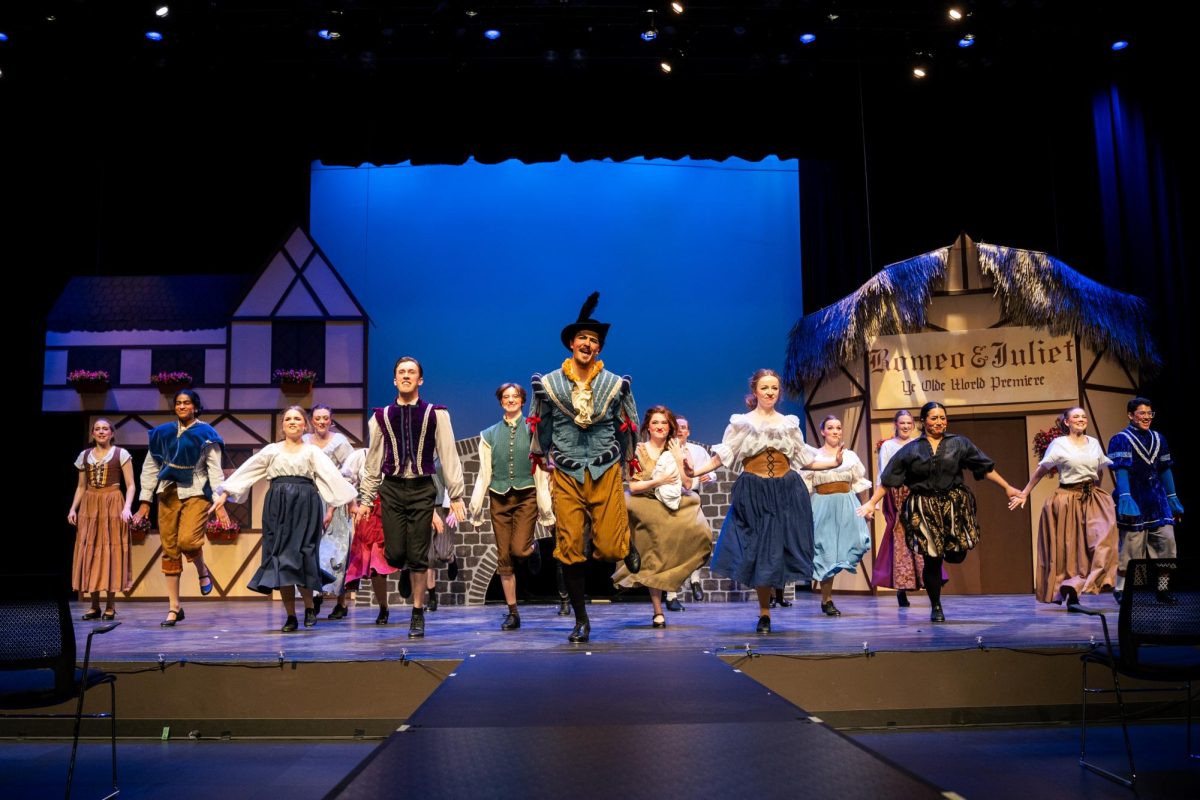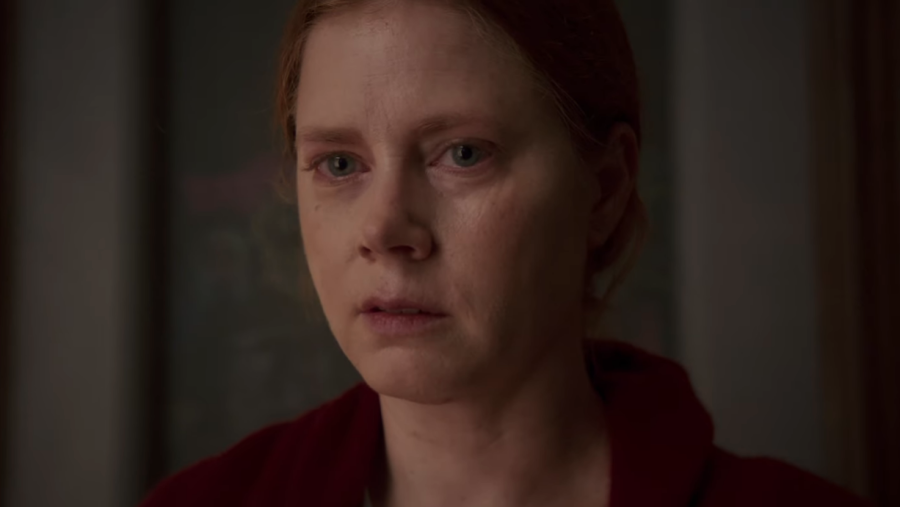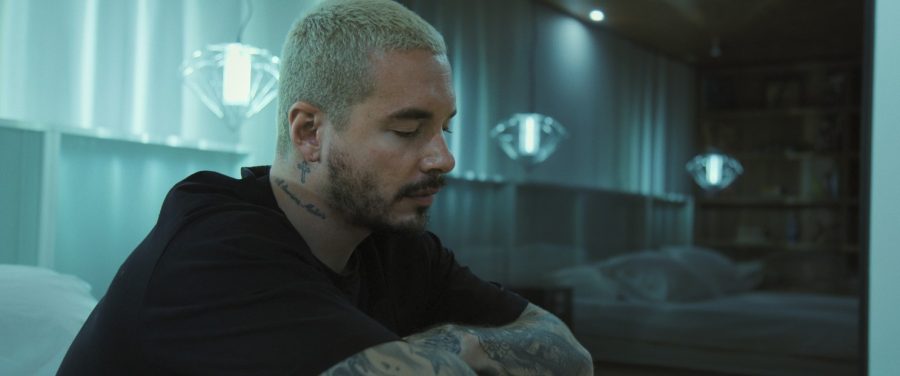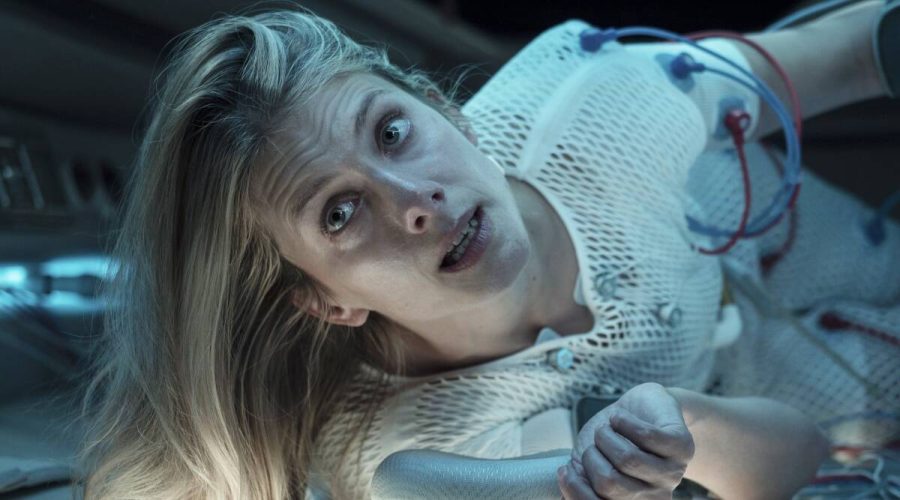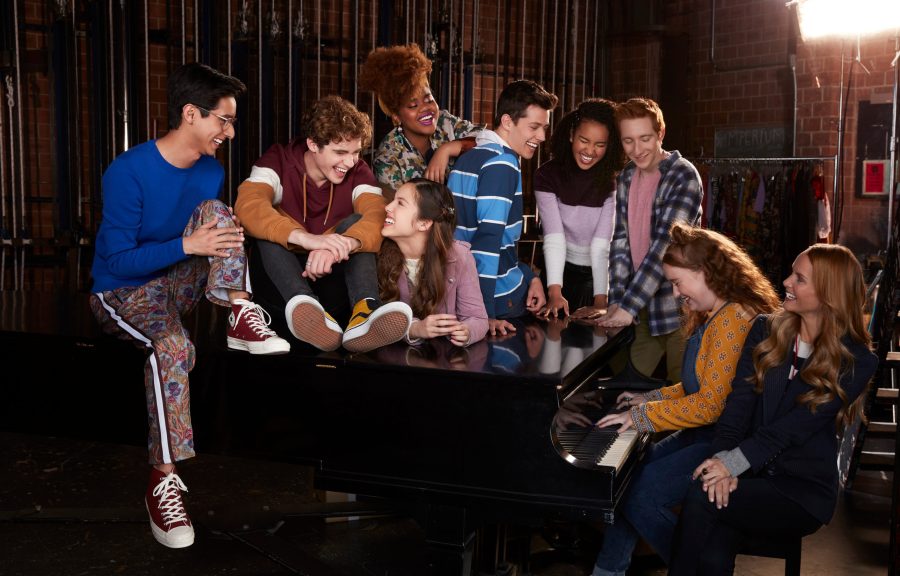Stepping around the inherent staleness of telling the same Tarzan backstory, “The Legend of Tarzan” shows what happened after John Clayton, otherwise known as “Tarzan” (Alexander Skarsgård), returned to England with his wife, Jane Porter (Margot Robbie), to reclaim his birthright in the British aristocracy. Tarzan grudgingly agrees to return to the Congo to help George Washington Williams (Samuel L. Jackson) investigate claims that Leon Rom (Christoph Waltz), following Belgian King Leopold’s orders, is enslaving the Congolese people.
“The Legend of Tarzan” is the wrong classic story to get a reboot in 21st-century America. In an era of increasing criticism toward the inordinate whiteness in the entertainment industry, releasing a movie about a white man with superhuman abilities who has dominion over the jungle’s animals and leads the indigenous people was the wrong decision. Time and again, Tarzan has been called out by critics and academics for being no more than a thinly veiled story of white supremacy. Although “The Legend of Tarzan” tries to combat this by having Tarzan fight the Belgian colonizers, who are using the native peoples for slave labor, the conflict crumbles under the pressure and comes off as another white-savior fantasy.
Basic elements of the film like Tarzan’s ability to speak to animals and the relationship between Tarzan, Jane and the villagers outside of the jungle are explained quickly through dialogue with George Washington Williams. However, some of the explanations the dialogue provides make less sense than saying he is Tarzan and that is how it works. At times, George Washington Williams’ face shows disbelief in the explanations given.
“The Legend of Tarzan,” lacking the repartee common between heroes and sidekicks, disservices its protagonists, Tarzan and Dr. Williams. Samuel L. Jackson finds humor even in the more dramatic scenes, but subscribes to British stylings — sarcastic and deadpanned. However, it’s never clear whether Tarzan understands the sarcasm or not, since he is so stoic throughout the film.
The film has been promoted as an action film, yet the action sequences are underwhelming, in part due to the way they were shot. One of those live-action scenes features Tarzan fighting the guards on the train to save the Africans the Belgians enslaved. The way it was filmed, the camera stayed trained on his face; it was only at the end of the sequence that viewers were able to see the consequences. The CGI sequences aren’t much better, between the halos around the animals proving they aren’t there and the blurred action scenes, the CGI looked sloppy. Tarzan is known to swing from vines, so when he is finally shown swinging from the trees it was vastly underwhelming. The vine he swung from looked more like a cheap rope than a vine. To make matters worse everything in the shot was fuzzy — the trees he swung past, the train he landed on, even Tarzan himself.
It seems like there were hopes that Alexander Skarsgård would be attractive enough to overcome the combination of issues prevalent in the movie. However, “The Legend of Tarzan” is crushed under that weight.
Rating: C-
Director: David Yates
Starring: Alexander Skarsgård, Christoph Waltz, Samuel L. Jackson, Margot Robbie
Release Date: July 1, 2016
Rated: PG-13
Image Courtesy of AceShowBiz


